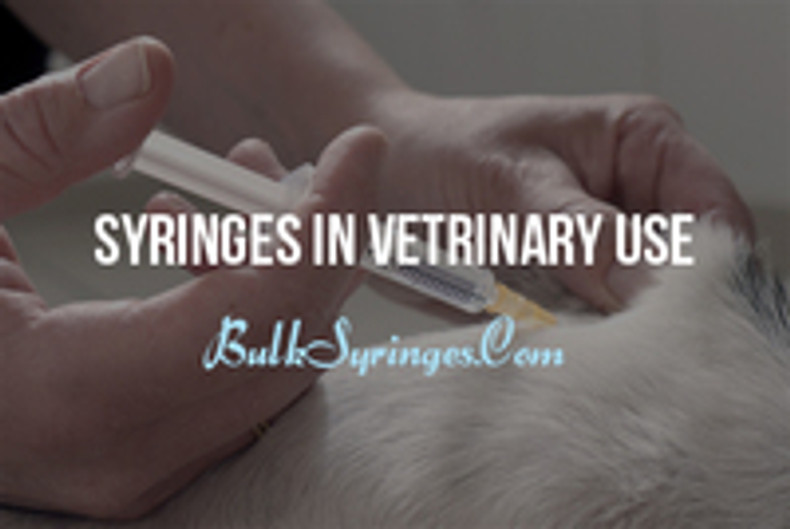 Syringes have several uses in veterinary medicine. They can be used to administer liquid medicines to animals either, injection or by mouth, draw blood for testing or can be used to irrigate wounds. When administering by mouth or when being used to flush out wounds a needle is not needed. Syringes allow the person administering medications to accurately measure prescribe dosage in order to avoid either over or under medicating.
Syringes have several uses in veterinary medicine. They can be used to administer liquid medicines to animals either, injection or by mouth, draw blood for testing or can be used to irrigate wounds. When administering by mouth or when being used to flush out wounds a needle is not needed. Syringes allow the person administering medications to accurately measure prescribe dosage in order to avoid either over or under medicating.
The size of syringe that will be needed depends on the size of the animal and the amount of medicine required. One cubic centimeter, cc, syringes are suitable for administering smaller dosages, as prescribed by your veterinarian, to small animals. Larger cc prescriptions will require larger syringes. For example, you would not want to use a one cc syringe to administer three cc's of medication to an animal because you would then have to refill the syringe three times to give the correct dose. A larger syringe can be used to give smaller CC dosages. For example, a 3 cc syringe can easily be used to administer a 1 cc dose of medicine.
Each syringe has cc marks on the side that help measure the correct dosage. A typical 3 cc syringe has marks indicating one-half cc, one cc, one and one-half cc, two cc, two and one-half cc and three cc. A milliliter, ml, is the same measurement as a cc.
The barrel of syringes are most commonly made of plastic and are disposable. The construction helps prevent diseases being spread from one animal to another in the event the syringe is not properly sterilized after each use.
Syringes can be purchased with a Luer lock or a slip Luer lock. The Luer lock syringes have threads so that a needle can be screwed onto the syringe and hold it in place. Luer slip syringes have a tapered end that the needle is tightly pressed onto. Tapered end syringes would be more suitable to administering medications by mouth or for irrigating wounds.
If you are not sure what size syringe would be best for your intended use, ask your veterinarian or a veterinary assistant.


